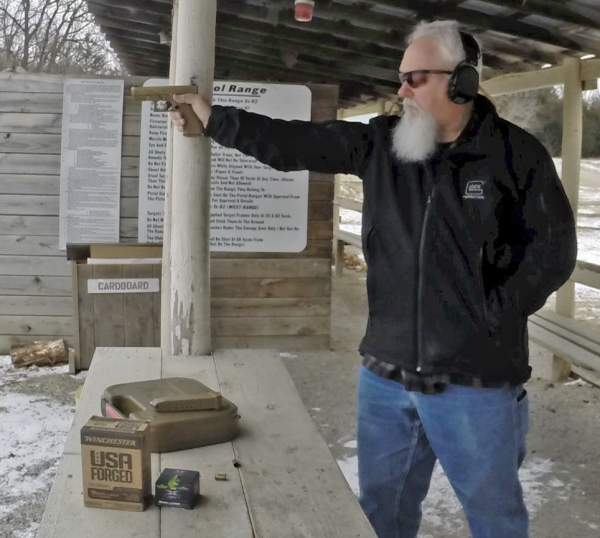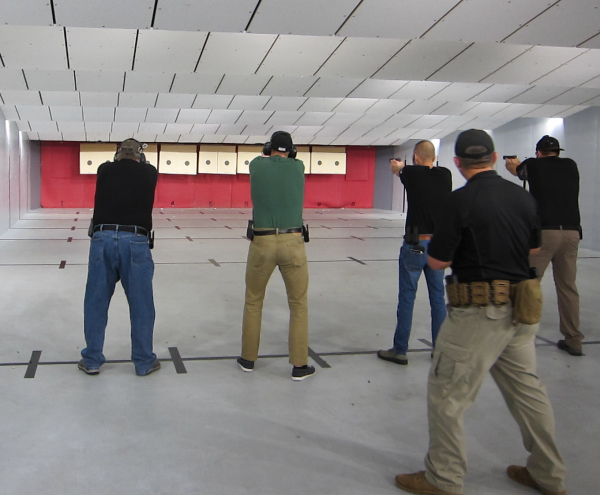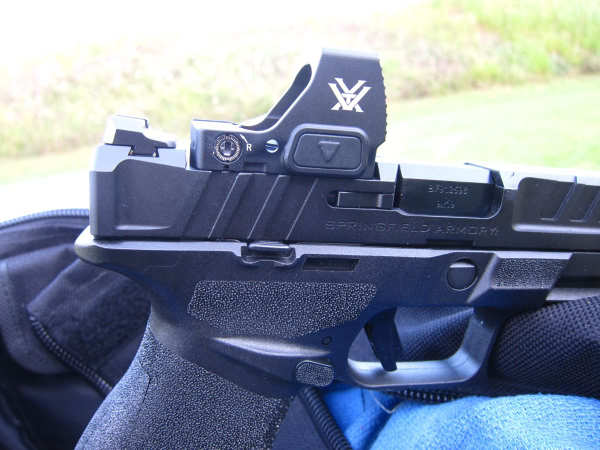Much is made of the old sayings that “that range stuff ain’t the street” and “shooting ain’t fighting.” Just like the material misstatements about the Tueller Principle, various types of equipment issues, “point shooting vs. aimed” (sic), and more – they fall under the category of false dichotomy.
What’s that? From the Texas State University, Department of Philosophy, “When you reason from an either-or position and you haven't considered all relevant possibilities you commit the fallacy of false dilemma.” I couldn’t say it as efficiently.
Human struggles can take many forms. Thankfully, most take the form of verbal disputes using reasoning and emotion, not getting any further than upraised voices and hurtful statements. From there, it can go to a scuffle and even to homicide. Where do you get relevant information? That which used to be the ‘gun shop jaw session’ is now featured on social media. People new to defensive combat with firearms are prone to listening to (or reading) these things and taking a side.
That serves their interests ill.

It’s not “this” or “that;” it’s more this and that.
Teaching people to fight takes them out of their comfort zones. Teaching people to shoot does the same. Combine them and fewer people actually want to be there. Still, training to be ready is important. Making it more inviting and less confrontational – until we get to the role-play/force-on-force level – is important to the recruitment and retention side.
More people taking responsibility for themselves isn’t a bad thing. So what about this “shooting ain’t fighting” thing?
Technically correct, that statement doesn’t tell the whole story. If you accept the “crawl-walk-run” formula for training success, you need to get moving, then upright – and you have to get accomplished at standing upright before you begin an attempt at sprints.
For example, let’s put natural point of aim together with the natural fighting stance; do they fit? I found in my foray into informal one-handed bullseye, there are at least two ways for me to attain that natural point of aim. One is taking some liberty with the classic bladed target shooting stance (for one-handed shooting). I was surprised to find I hadn’t worked myself out of the ability to execute a ¾ bladed position, close my eyes, and bring sights to the bull at 25 yards.
Facing the target dead on, using the right hand for the gun, I tried to minimize that bladed address and move toward facing the target squarely. I found that I had to bring the feet nearly into line, sometimes with the left foot just slightly ahead, to do that ‘blind aiming’ exercise with success. It apparently works at both extremes, something a large number of people have always known but seldom seem to address.

I’m not taking people away from combative use of the handgun doing distance bullseye shooting. I may run them off; they need some successes early. But we can’t baby them forever.
Next, a lot of the range gun handling protocols are called into question by the statement “You’ll never do that on the street.” I must prefer the statement from master instructor-trainer Clive Shepherd: “If they have never done it on the range, they’ll not do it when it counts.” They have to know it’s a possibility, that it works, that they’ve rehearsed it.
Then they do it on the street if the situation calls for it.
When asked “Why isn’t the ‘dot’ there when I draw to the target?” the answer should be “You guide the delivery of the sights visually and physically.”
Just like with iron sights.
I had a new gun on the range recently. When getting started, I got my pre-shooting procedure out of order.

Lesson: do the same thing the same way in the same order every time. If you have to adjust on the battlefield, you can – if you have the procedure in place first.
Doing so, my “make ready” failed the “optics check” portion – because I’ve used handgun optics far less than iron sights (the latter since 1968). On the timer, when the gun came out and the front sight was on the target, I sent the shot and then realized that the dot wasn’t there.
The shot hit where I intended; it didn’t matter because the front sight was visible in the bottom of the Vortex Defender-STwindow. Making a mistake like that was a benefit. It caused me to kick myself for failing to check the optic (which worked fine once activated) and patted me on the back for fighting through the issue and making the hit.
You learn these things on the range. Like a police dog, you can get “sleeve-happy,” where range training is all you do. That doesn’t get it done. You need the rest of the training experience.
But the lion’s share of work is the run-up to that training – and sustainment after. It’s not “this or that.”
It’s this and that.
— Rich Grassi